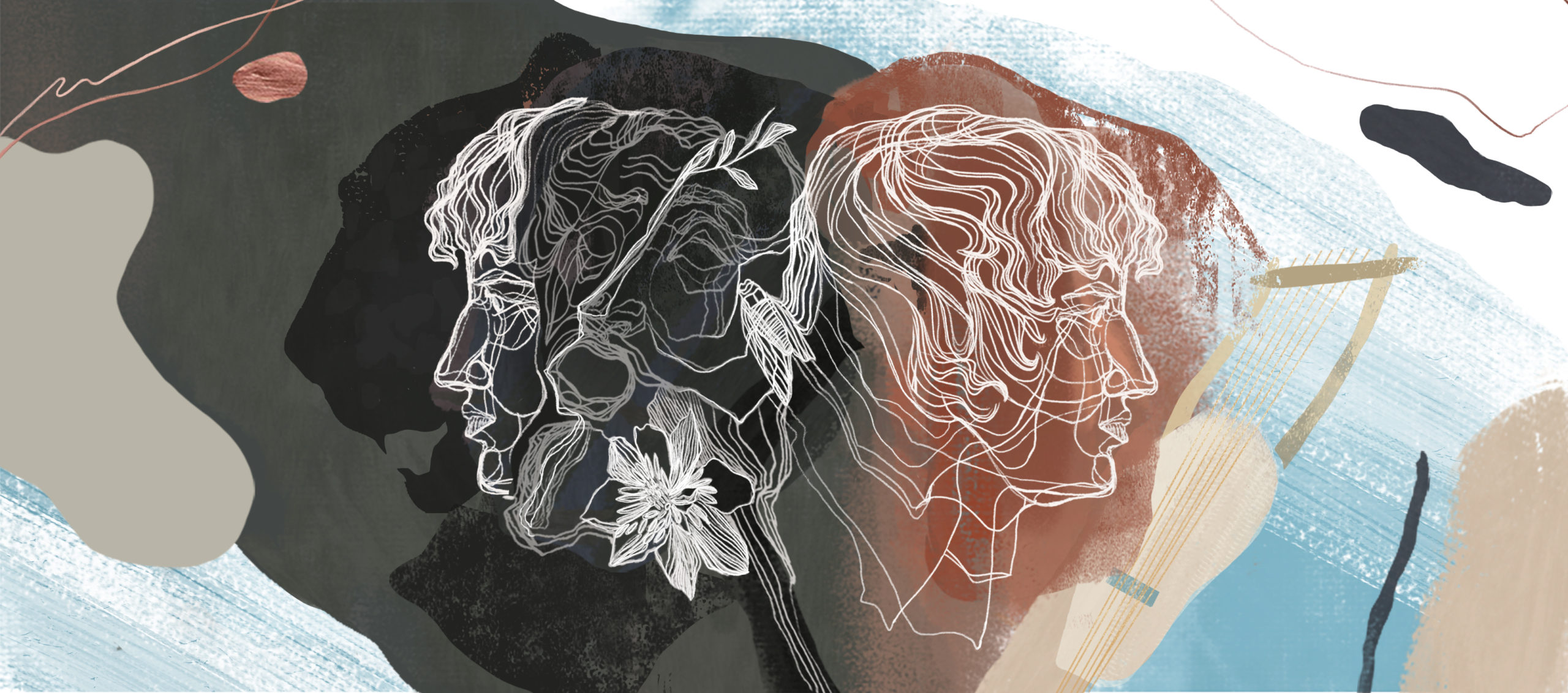December 9, 1973. In an article published in the Corriere della Sera Pasolini laments the acculturation brought about by capitalism. In particular, he deplores the loss of the “peripheral cultures which, until a few years ago had their own life assured – essentially a free life, even if within the poorest, or even miserable, peripheral…
Author: polymorph
The False Sublime
In his First Critique, Kant calls “determinative judgements” those in which both the particular (“these two points and the distance between them”) and the universal (“the notion that the shorter distance between two points is a straight line”) are given, the former in the form of the sensible multiplicity we experience (“this something,” “that something,…
Безвременные заметки о времени
§1 • Настоящее не может стать прошлым после того как было настоящим поскольку это означало бы, что оно станет прошлым в будущем. Напротив, настоящее, любое настоящее, должно быть всегда переходящим, или, точнее, учитывая его тонкость или по своей сути эфемерную природу (настоящее никогда не длится долго), оно должно непрерывно и одновременно раздваиваться в двух направлениях…
Pasolini and the Politics of the Sacred
Deleuze writes that “[a] close-up does not tear away its object from a set […] of which it would be a part, but on the contrary it abstracts it from all spatio-temporal co-ordinates, that is to say it raises it to the state of Entity.”(⊕) Think e.g. on the close-up of a face, which are,…
The Enigma of the Sensible
Commenting on Stendhal’s The Red and the Black, Maurice Merleau-Ponty writes: What is important is not that Julien Sorel [i.e. the protagonist], after he has learned that he has been betrayed by Madame de Rénal, travels to Verrière and tries to kill her. It is that silence, that dreamlike journey, that thoughtless certainty, and that…
Untimely Notes on Time
§1 • What is present cannot become past after being present, for that would mean it becomes past in the future. Rather, the present, any present, must be always passing, or, more exactly, given its thinness or inherently-ephemeral nature (the present never lasts long), it must unceasingly and simultaneously bifurcate itself in two directions (like…
Two Types of Outside: Vermeer & Velázquez
Allow us to begin by quoting two Wittgensteinian propositions and an excerpt from Roy Wagner’s comments on them in his The Logic of Invention (2019). Wittgenstein: “A picture cannot […] depict its pictorial form: it displays it” (Tractatus, 2.172). “A picture cannot […] place itself outside its representational form” (ibid., 2.174) Wagner: “A picture does…
Words as Echoes
What would happen if propositions, which are the means we have to make sense of things (“this is this,” “that is that,” “this evening I will finish the paper,” “Liam loves me no more,” etc.), were not formed by words, but by images; or if the words themselves could be said to be images, not…
10 – 3 ≠ 7; 10 – 3 = 13
Should we have learned indigenous mathematics or, more exactly, should we remember them – for we were all once indigenous peoples – the world would be different and probably better than it is today. For the ontology behind modern mathematics and, more broadly, modern science, is anything but neutral. Put differently, reality is not just…
More on Chaos, Rhythm, and Forms
We have written elsewhere on schizophrenia, following Jean Oury, as a “rhythmic distortion.” We would now like to add that such distortion is neither what one presences when one witnesses a schizophrenic delirium nor what one enters when one enters one. For, as Freud stresses, it is at re-building their collapsed worlds that psychotics aim…
